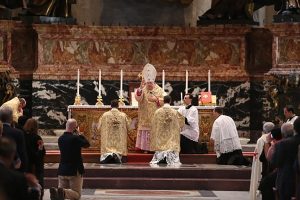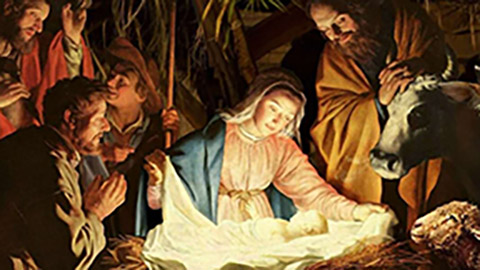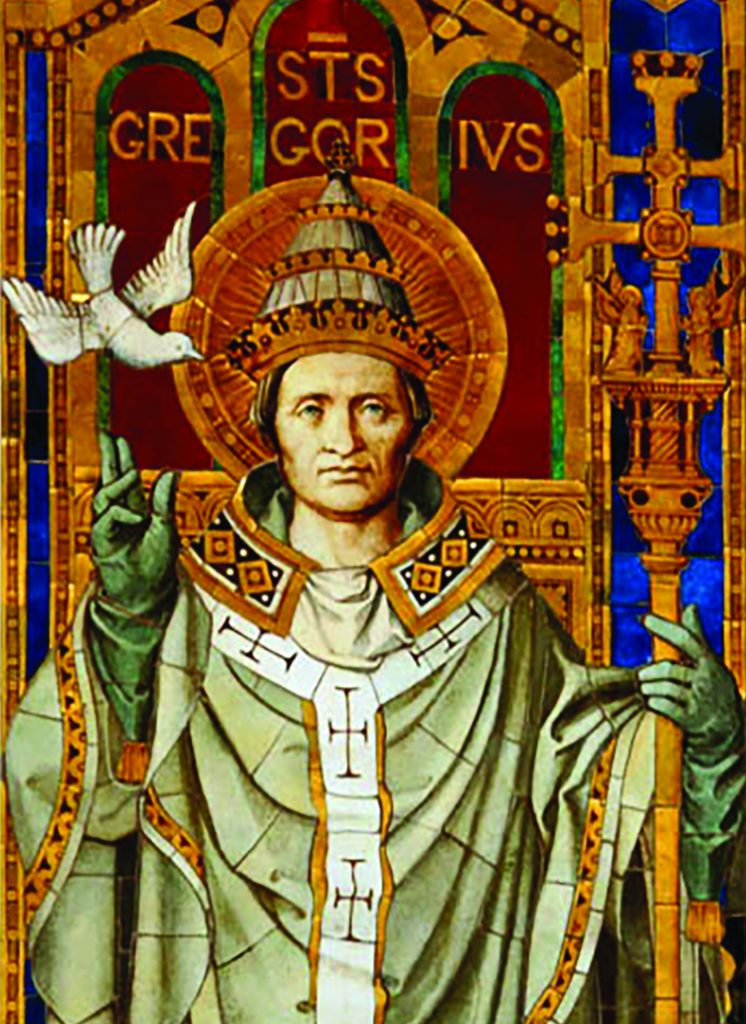
Surely there are among your family and friends those who will observe Christmastide this year with added devotion because through your gift ordered from the Saint Gregory Society you reminded them of the Gift that is eternal.
It is not too late to order unique Christmas gifts from the Saint Gregory Society for family and friends! Orders will be shipped via the USPS Ground Advantage within 48 hours of their receipt, and will arrive within 72 hours thereafter. Remember your loved ones this Christmas with these uniquely Catholic gift items: Christmas Cards for 2025; Assorted Christmas Cards from past seasons; Traditional (Tridentine) Liturgical Calendar for 2026; CD recording-Solemn Mass of Christmas Day; CD recording-Solemn Mass of the Epiphany.
Your order helps the St. Gregory Society in its mission of preserving and promoting the Church’s age-old traditional liturgy throughout the world.



